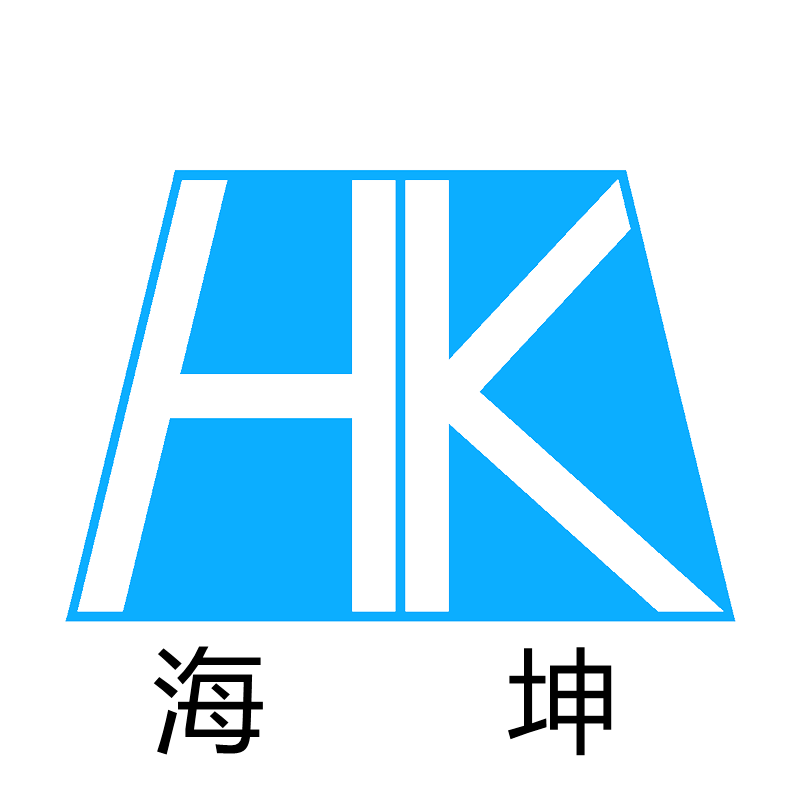Drying two refractory bricks on an alumina screed
March 02, 2023
[CNC] It is well-known that currently most of the leakage tanks for electrolytic cell damage are in the seam zone at the bottom of the squeezing paste, and the bottom of the bonding tank, due to the elimination of the sinusoidal joint, can be a clean and nearly integral new cathode structure, preventing carbon paste. Poor quality of tamping and roasting paste produce pores and cracks, and aluminum liquid is not easy to penetrate, prolonging the service life of the tank. In addition, the lining of the bottom of the tank forms a whole cathode carbon block, which improves the electrical conductivity of the cathode carbon block. The joint between the two carbon blocks is not more than 115mm. A wedge is added to the bar window of the other carbon block so that the bonded surface of the carbon block is not released. Cover the seam with a layer of charcoal and remove the jack.
Technical requirements for the construction of the furnace (1) The cleaned tank shell is first measured horizontally and vertically with a horizontal ruler, and the aluminum oxide is initially leveled according to the measurement conditions. (2) dry laying a layer of 65mm thick calcium silicate board, plate joints are generally filled with Al2O3 powder, dense leveling. (3) Dry-laid 2 layers of insulation bricks with a thickness of 65mm. The bricks were filled with alumina and the alumina between the layers was leveled. (4) Pull 2 masonry base lines along the large steel bar window of the tank shell, and 2 lines must maintain the level on the plane, and the plane height is the height of the steel bar's higher lower port plus 812mm. (5) According to the baseline The distance between the insulation tile and the size of the pad is 1 layer with a thickness of 515mm and the alumina is leveled. (6) Two refractory bricks shall be dry-laid on the alumina screed, and between the bricks and the two tiers shall be filled with alumina. (7) Lay the third floor firebrick to make the layer of firebrick highly accurate and reach the base line position. The horizontal error is no more than 1mm. (8) The firebrick is further covered with a layer of 5mm thick asbestos board. Cathode Carbon Block Group Bonding Construction Requirements (1) The Cathode Carbon Block Group shall be installed starting from the center of the tank. When suspending the carbon block each time, a layer of carbon blocks with a thickness of no more than 2 mm shall be evenly laid on the place where the carbon block is to be placed. Condensation. (2) Lift the carbon block into place so that the carbon block is in the middle position between the two lines so that the bars at both ends are in the middle of the window or adjust the position as needed.
